The Methodist Episcopal Church, South was the American Methodist denomination resulting from the 19th-century split over the issue of slavery in the Methodist Episcopal Church (MEC). Disagreement on this issue had been increasing in strength for decades between churches of the Northern and Southern United States; in 1845 it resulted in a schism at the General Conference of the MEC held in Louisville, Kentucky.
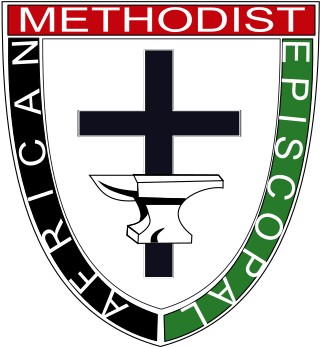
The African Methodist Episcopal Church, usually called the AME Church or AME, is a Methodist Black church. It adheres to Wesleyan-Arminian theology and has a connexional polity. The first independent Protestant denomination to be founded by Black people, AME welcomes and has members of all ethnicities.

The African Methodist Episcopal Zion Church, or the AME Zion Church (AMEZ) is a historically African-American Christian denomination based in the United States. It was officially formed in 1821 in New York City, but operated for a number of years before then. The African Methodist Episcopal Zion Church adheres to Wesleyan-Arminian theology.
American Southern Methodist Episcopal Mission was an American Methodist missionary society operated by the Methodist Episcopal Church, South that was involved in training and sending workers to urban centers in the U.S. as well as to other countries. The Board of Foreign Missions approved those missionaries who were sent to work in evangelical projects. Missions began in China during the late Qing Dynasty.
Black Methodism in the United States is the Methodist tradition within the Black Church, largely consisting of congregations in the African Methodist Episcopal (AME), African Methodist Episcopal Zion, Christian Methodist Episcopal denominations, as well as those African American congregations in other Methodist denominations, such as the Free Methodist Church.
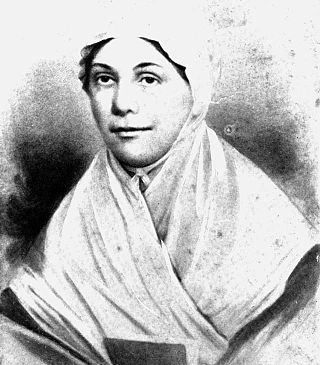
Sarah Allen was an American abolitionist and missionary for the African Methodist Episcopal Church. She is known within the AME Church as The Founding Mother.
Sarah E. Gorham (1832–1894) was the first woman to be sent out as a missionary from the African Methodist Episcopal Church. She has been described as a "missionary, church leaders, social worker".
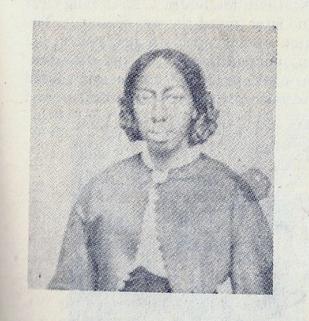
Eliza Ann Gardner was an African-American abolitionist, religious leader and women's movement leader from Boston, Massachusetts. She founded the missionary society of the African Methodist Episcopal Zion Church (AMEZ), was a strong advocate for women's equality within the church, and was a founder of the National Association of Colored Women's Clubs.
Rev. Addie Aylestock (1909–1998) was a Canadian minister in the British Methodist Episcopal Church, the first woman minister to be ordained in that church, and the first black woman to be ordained in Canada.
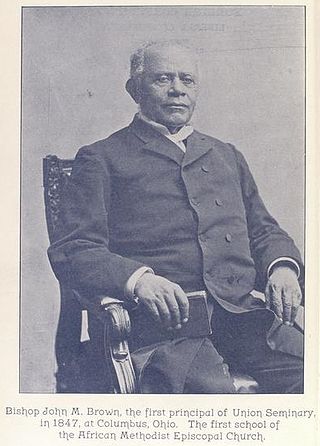
John Mifflin Brown was a bishop in the African Methodist Episcopal (AME) Church. He was a leader in the underground railroad. He helped open a number of churches and schools, including the Payne Institute which became Allen University in Columbia, South Carolina, and Paul Quinn College in Waco, Texas. He was also an early principal of Union Seminary which became Wilberforce University.
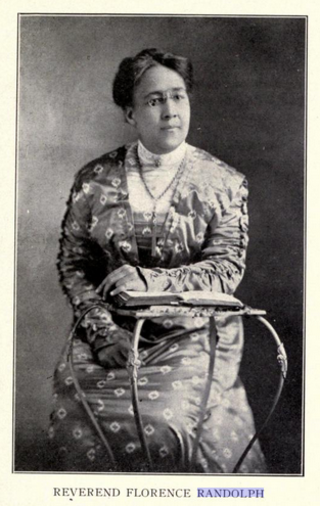
Florence Spearing Randolph was an American clubwoman, suffragist, and ordained minister, pastor of the Wallace Chapel AME Zion Church in Summit, Union County, New Jersey, United States. from 1925 to 1946. She organized the New Jersey Federation of Colored Women's Clubs and was president of the New Jersey Women's Foreign Missionary Society.
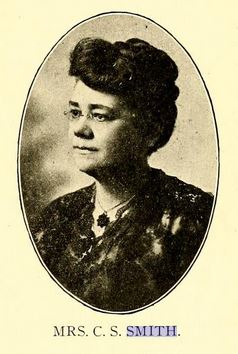
Christine Shoecraft Smith was an African-American community worker began her career as the assistant principal of the Alabama State Normal and Industrial School. She married an AME minister, who would become a bishop in the church and assisted him as the manager of the press organ of the Sunday School Union. She worked in many clubs and served as the 13th president of the National Association of Colored Women's Clubs (NACWC).

Annie Ryder Gracey was an American author and missionary of the long nineteenth century. She wrote two books based on her travels, Eminent Missionary Women and Woman's Medical Work in Mission Fields. The history of the literature produced by the Woman's Foreign Missionary Society of the Methodist Episcopal Church was closely linked with Gracey, who served as chairman of the committee on literature, and created missionary literature for the Society.

Artishia Garcia Wilkerson Jordan was an American educator and clubwoman, based in Los Angeles.

Belle Harris Bennett led the struggle for and won laity rights for women in the Methodist Episcopal Church, South. She was the founding president of the Woman's Missionary Council of the Southern Methodist Church. Much of her work including fundraising and organizational efforts to provide higher education for a new professional class of social workers and community organizers in the Southern Methodist Church in the U.S. and abroad. Her carefully collaborative support for African Americans and immigrants was considered radical at that time by Southerners. She was a suffragist and supporter of temperance as well.
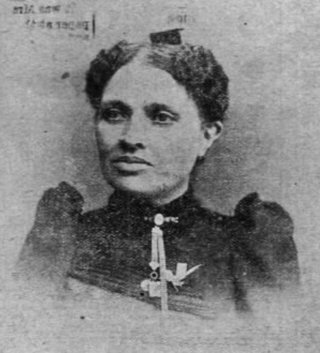
Mary J. Small (1850–1945) was a reverend in the African Methodist Episcopal Zion Church, and was the first woman to achieve the position of elder.

Marie Louise Clay Clinton was an American educator, singer, and church leader. She was the founder and superintendent of the Buds of Promise Juvenile Mission Society, under the Women's Home and Overseas Missionary Society (WH&OMS) of the African Methodist Episcopal Zion Church.
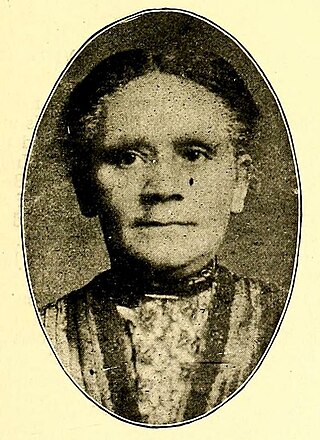
Mary Elizabeth Ashe Lee was an African-American writer, educator, and churchwoman.
While Female preachers within the African Methodist Episcopal (AME) Church have existed since its founding, their formal ordination within the Church has been relatively recent. Throughout the Church's history, both men and women have worked to achieve the ordination of women.














